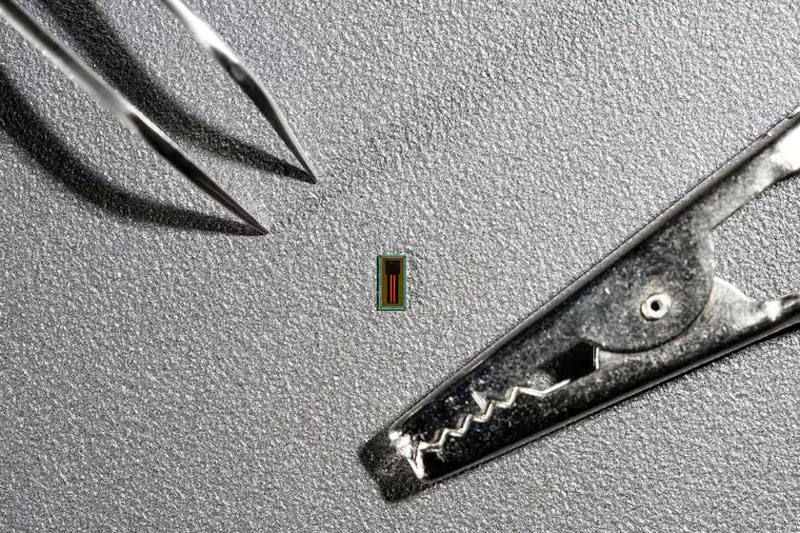Swiss brain chip overtakes Neuralink in speed and accuracy of mind reading


In the IEEE Journal of Solid-State Circuits, scientists at the Ecole Polytechnique Federale de Lausanne (EPFL) reported the creation of a neurochip that can quickly and accurately recognize handwritten letters from brain signals. The development of scientists from Lausanne significantly surpassed the Neuralink chip in many respects. Compared to the MiBMI chip of the Swiss, the Neuralink product looks frankly outdated. However, Musk has an advantage – his chip is already helping people.


Image source: EPFL
The experimental MiBMI chip for reading brain activity in the area of formation of images of handwritten characters is 23 times smaller than the modern Neuralink chip. The MiBMI area is only 8 mm². Moreover, like the Neuralink chip, it does not need to launch the needles of dozens of probes into the nervous tissue (with which the Neuralink developers have already had problems – the probes often pop out or become dislodged). The MiBMI probe reads information from the surface of the cerebral cortex, which did not affect the accuracy of its work.
Swiss scientists approached the problem of recognizing mental handwritten characters a little differently. They assigned code combinations to the letters of the alphabet – neural markers. In their work, scientists discovered that during a mental image of patients writing a particular letter (it could also be numbers or other symbols), a series of specific markers appeared. These markers were called distinctive neural codes (DNC).
DNC codes have become a kind of shorthand for each letter, allowing the MiBMI chipset to process only the markers themselves. This made it possible to process hundreds of bytes of neural signals per code (character) instead of the usual thousands of bytes of information about neural activity in traditional methods of recognizing “thoughts.” The simplification used significantly reduced the chip’s power consumption and accelerated data processing. This will also reduce the training time for other patients who wish to use the implant.
At the present stage, the chip recognizes 31 handwritten characters (code), but its capabilities will be expanded to hundreds of characters. The application will not be limited to just reading texts in the heads of patients. The chip can be taught to recognize other types of brain activity. In experiments conducted, the MiBMI chip recognized mental handwriting with 91% accuracy. It’s worth noting that the chip has not been tested on living people; it processed signals obtained in previous experiments. In this regard, the Neuralink chip, no matter how outdated it may seem compared to the new product, has already been approved for clinical trials on humans. And this is perhaps the most difficult thing in such work – to prove the safety of use and start helping people.
Recent Posts
Meta Launches Online Translations and Other AI-Powered Features for Ray-Ban Smart Glasses
Meta✴ Platforms has announced new color options for lenses for smart glasses, released in collaboration…
AMD Confirms Computex 2025, Radeon RX 9060 XT Announced
AMD has confirmed its participation in Computex 2025. Jack Huynh, vice president and general manager…
AMD Confirms Computex 2025, Radeon RX 9060 XT Announced
AMD has confirmed its participation in Computex 2025. Jack Huynh, vice president and general manager…
Heroes of Our Time: Ubisoft Announces Mobile Blockchain Game Might and Magic Fates
Ubisoft's fantasy RPG franchise Might and Magic hasn't seen a new release in over a…
Heroes of Our Time: Ubisoft Announces Mobile Blockchain Game Might and Magic Fates
Ubisoft's fantasy RPG franchise Might and Magic hasn't seen a new release in over a…
WhatsApp now allows you to disable chat export, auto-upload photos from chat, and limit Meta AI
WhatsApp has announced a new feature that will allow users to add an extra layer…